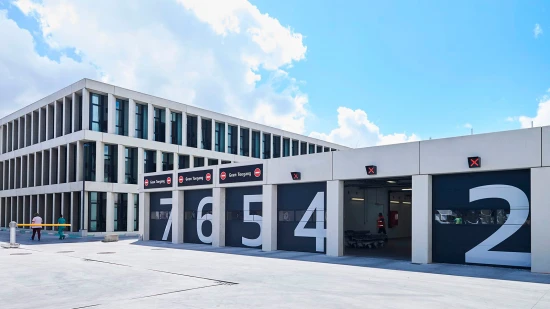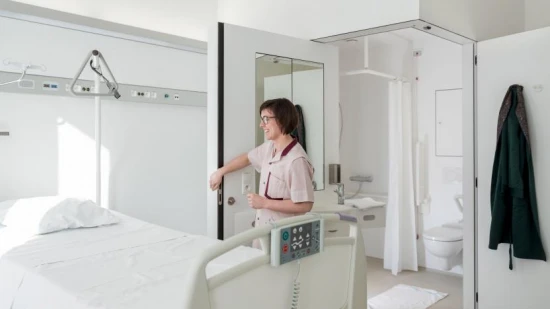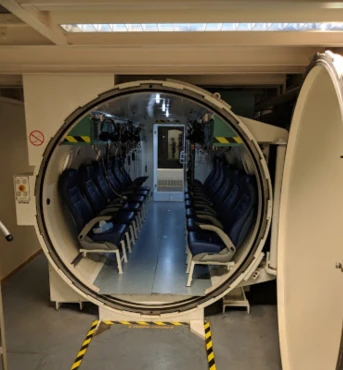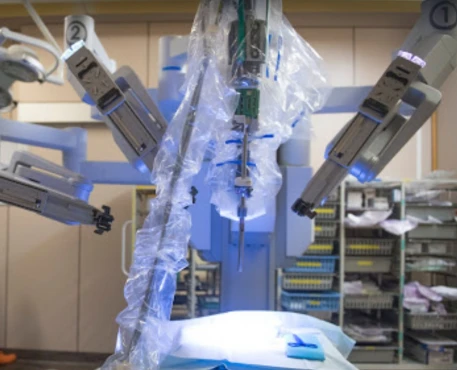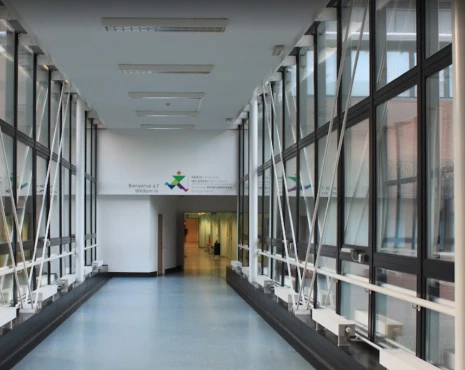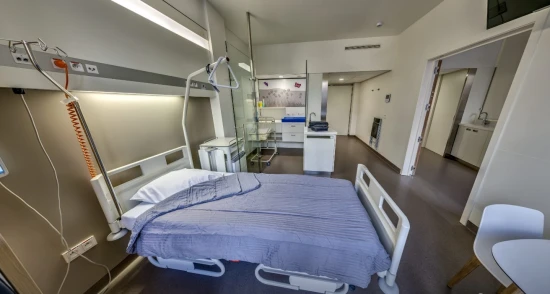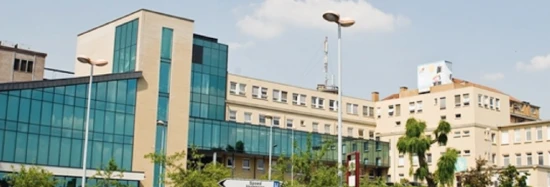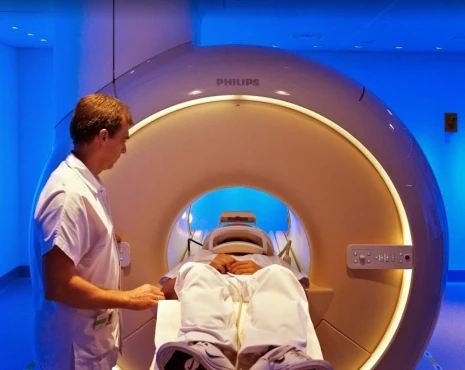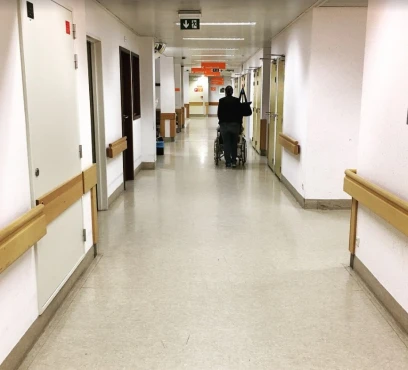Patent foramen ovale (PFO) treatment in 1 Cardiac surgery and Vascular surgery clinic in Kortrijk
1 clinic specializing in Cardiac surgery and Vascular surgery providing treatment of
Patent foramen ovale (PFO)
Patent foramen ovale (PFO) is a common congenital heart defect where a small hole between the upper chambers of the heart fails to close after birth. It can allow blood clots to pass from the right to the left side of the heart, potentially causing stroke or other complications.
Read more...
disease in Kortrijk.
Besides this clinic there are 6 Cardiac surgery, Vascular surgery clinics in Belgium.
Such diseases are treated by AZ Groeninge: Acute ST-elevation myocardial infarction (STEMI), Acute congestive heart failure, Acute limb ischemia, Atrial septal defect (ASD), Patent foramen ovale (PFO), and others.

6 nearby similar clinics in Belgium
Perhaps you should consider 6 more clinics we have found nearby basing on your Location, Disease filters applied.






